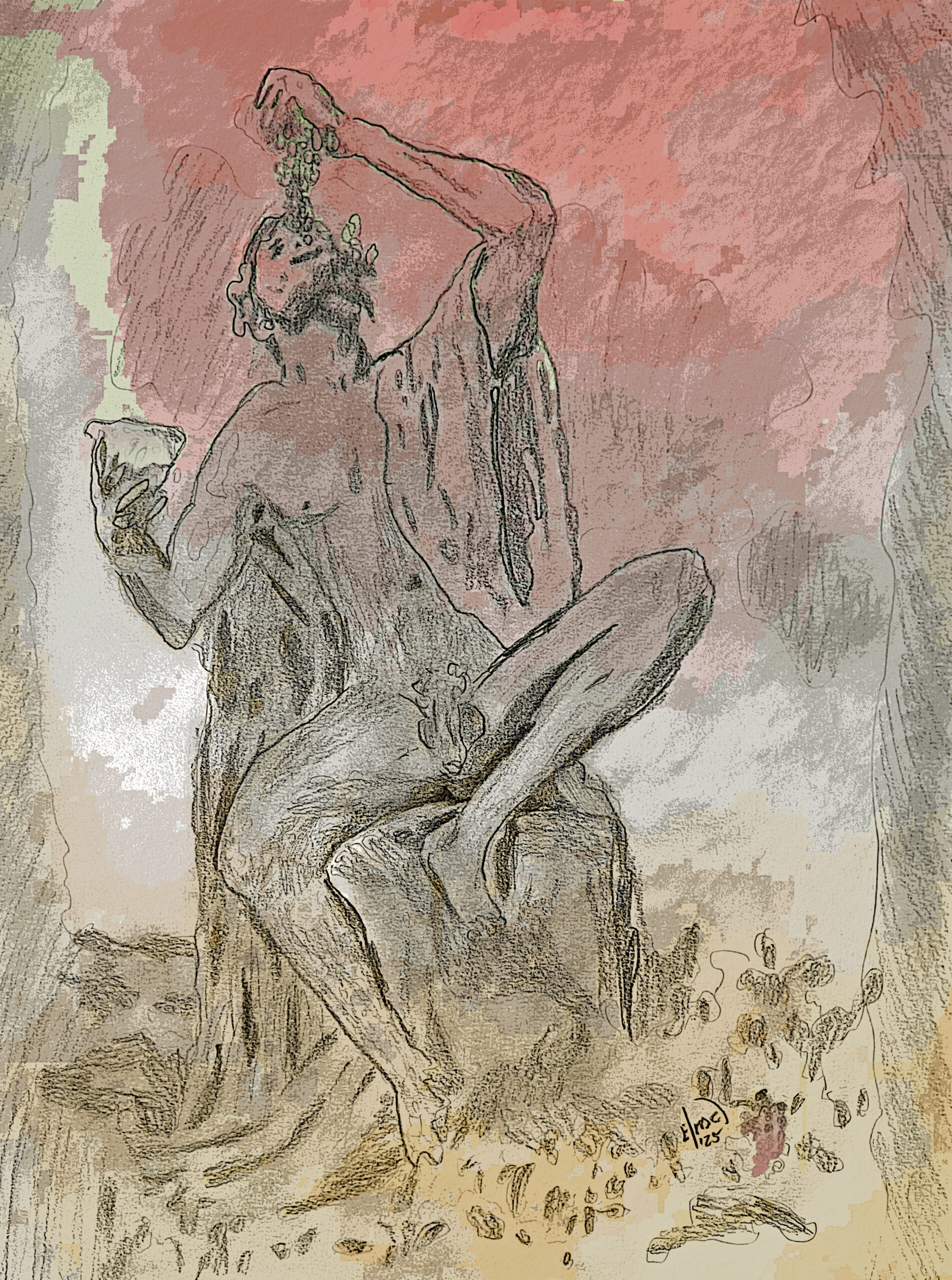What makes an obsession indecent? For years, I lived trapped between desire and shame, constantly questioning why my natural curiosities were labeled as taboo. Growing up in an evangelical American household meant sexuality existed only within narrow confines—anything beyond was sinful, inappropriate, or not discussed.
The human experience is inherently sensual. We are beings who touch, feel, desire, and connect. Yet cultural institutions often pathologize these fundamental aspects of our existence. What I’ve discovered through my journey from repression to liberation is that “indecency” is merely a social construct—one that varies dramatically across cultures and eras.
Barcelona revealed this truth to me. The same artistic expressions that prompted embarrassed disclaimers in my American home are appreciated here as genuine creative work. The nude figure—celebrated throughout art history—is not inherently shameful. In all its forms, the body tells stories of human experience through its curves, lines, and expressions.
What was deemed “obsessive” in my former life—interests in polyamory, nudism, erotic art, and sexual exploration—are simply aspects of human curiosity. These are not indecent obsessions but natural inquiries into connection, pleasure, and self-understanding that many cultures embrace without the weight of shame.
The liberation I found wasn’t about abandoning all boundaries, but rather discovering which boundaries served me personally versus those imposed by external forces. Barcelona didn’t create my desires; it simply provided space to explore them without judgment, allowing me to separate genuine moral questions from artificial taboos.
I’ve come to understand that my love for sensuality isn’t perverse—it’s an appreciation for life’s tactile joys. From the texture of canvas beneath my brush to the vulnerability of authentic connection with others, these experiences represent fullness of living rather than moral failing. Even my birthday tradition—sending a nude selfie to my closest friends as a celebration of another year in this aging body, a practice I’ll continue in just two weeks—has transformed from a secretive act into a joyful ritual of self-acceptance and trusted intimacy.
The question isn’t why I love sensual aspects of life so much, but rather why we’re taught to fear them. Perhaps because pleasure and desire are powerful forces that resist institutional control. When we reclaim our relationship with our bodies and desires, we often find ourselves questioning other inherited beliefs as well.
My happiness stems from alignment—living authentically rather than performatively. The art in my home, the connections I form, and the way I express myself now exist without apology. I’ve discovered that when we remove shame from desire, we can approach it with mindfulness, respect, and ethical consideration.
The indecency was never in the obsessions themselves, but in the disconnection forced between my authentic self and my expressed life. Here, in a city that recognizes the human experience as necessarily sensual, I’ve found freedom not in abandoning morality, but in discovering a moral compass that honors the full spectrum of human experience.
Click HERE to see a full resolution of my watercolor Dionysus.

Leave a Reply